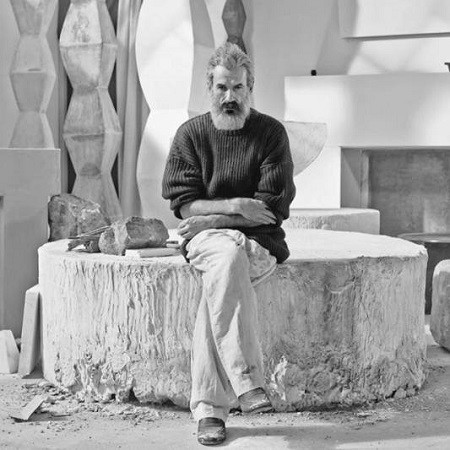February 19 is considered officially national holiday. In 1876, on this day, in Hobita, the Romanian sculptor Constantin Brancusi was born who, alongside Mihai Eminescu, Nicolae Grigorescu and George Enescu had an important contribution to the development of modern and contemporary culture and to the recognition of Romanian spirituality abroad. Students and professor from the Faculty of Arts of “Dunarea de Jos” University of Galati have participated in debates and artistic activities, thus marking this fundamental moment in Romanian culture.
Giulio Carlo Argan, the great art critic, in his time mayor of Rome, considered that, unlike Picasso who had a horizontal artistic approach, using all known artistic techniques and having as the subject of his works a multitude of aspects of the surrounding reality, Constantin Brancusi has a vertical artistic vision, so that when he approaches a theme or a subject, he obsessively resumes it from different angles, until he reaches, by abstraction, the essence of it, so that the finished work of art is representative of both the vision of art, as well as for the vision imposed by the modern and contemporary era.
“Art is just the beginning” Brancusi stated, talking about the artist’s demiurgical role. The image of Romania and the world of the village were sacredly preserved by the great artist, as a measure of his entire work, making him say that “I would have been nothing and I would not have carved anything without Hobita, without its gates and fountains, which have meant, for me, a real Belle-Art Academy.”
Brancusi's work has multiple philosophical and artistic meanings, but the connection between art and faith is a constant throughout his work, especially in his famous masterpiece from Targu-Jiu, namely the Commemorative Ensemble of Heroes, which symbolizes, in a concentration triptych: the mystery of sacrificial love, paschal joy and eternal light. The Kiss Gate is an Easter monument, meaning it represents a passage through death and beyond death, in the immortality symbolized by the Pillar of Endless Gratitude or the Pillar of Infinity.
Faculties
- Faculty of Engineering
- Faculty of Naval Architecture
- Faculty of Food Science and Engineering
- Faculty of Automation, Computer Sciences, Electronics and Electrical Engineering
- Faculty of Physical Education and Sports
- Faculty of Letters
- Faculty of Sciences and Environment
- Faculty of History, Philosophy and Theology
- Faculty of Engineering and Agronomy in Braila
- Faculty of Economics and Business Administration
- Faculty of Social, Political and Legal Sciences
- Faculty of Medicine and Pharmacy
- Faculty of Arts
- Cross-Border Faculty of Humanities, Economics and Engineering
- Subsidiary of the Faculty of Medicine and Farmacy in Enna - Italy
Useful links
- Ministry of Education and Scientific Research
- The Romanian Agency for Quality Assurance in Higher Education
- National Council for Attesting Titles, Diplomas and Certificates
- Executive Agency for Higher Education, Research, Development and Innovation Funding
- Student's Association
- Students Cultural Club
- AIESEC
- "V.A. Urechia" Library of Galați



